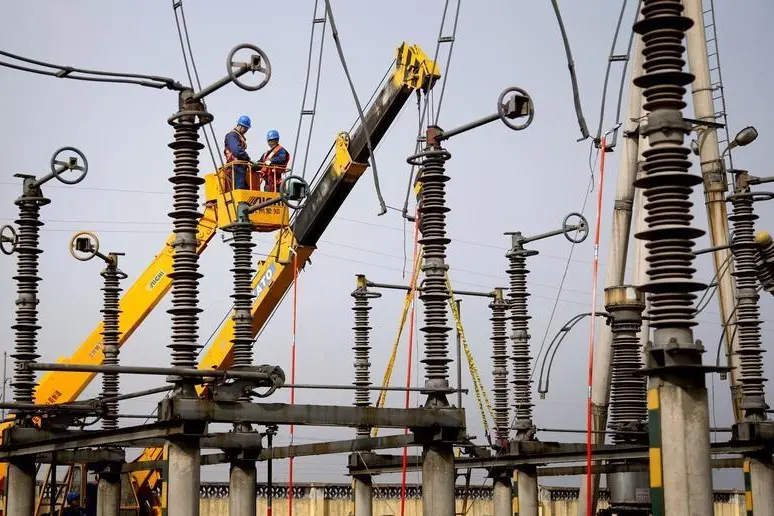PHOTO
China's power sector emissions during the hottest months of the year have jumped by more than half since 2015 due to soaring use of air conditioners to keep homes, offices and factories cool during summer.
Emissions from fossil fuel use for electricity production have grown by more during the June through August period than at any other time of year since 2015, revealing the strain being put on utilities by the growing use of cooling systems.
Cumulative power sector emissions in June, July and August hit 1.575 billion metric tons of carbon dioxide and equivalent gases in 2023, data from energy think tank Ember shows.
That's up 50%, or by around 525 million tons, from the same months in 2015, and outpaced the emissions growth during winter months when national demand for heating peaks.
With global temperatures set to keep creeping higher due to climate change, further growth in air conditioning use is expected in China and elsewhere going forward, which may push emissions totals higher still over the coming years.
POWER HOGS
Air conditioners and refrigerators "consume massive amounts of energy and often use refrigerants that warm the planet," according to the United Nations.
But sharply rising temperatures above the long-term average have forced Chinese households and businesses to deploy a growing number of air conditioners to keep cool in recent years, especially during the summer.
Average temperatures in China have climbed by over 1.5 degrees Celsius (2.7 degrees Fahrenheit) from the 1971-2000 average in each of the past five years, according to data compiled by the U.K's University of Reading.
A majority of those temperature gains emerged during the summer months, spurring rapid growth in air conditioner use at that time.
To keep cool, China's population snapped up record volumes of air con units, and China has been the world's largest market for cooling systems for more than a decade.
Between 2015 and 2023, China's total stock of air conditioners grew from 531 million to 862 million, according to the International Energy Agency (IEA).
That 62% growth rate exceeded the 41% rise in the global air conditioner stock over that period as China accounted for more than a third of worldwide air conditioner installations during that time frame.
China's total air conditioner stock is set to hit 905 million in 2024, 1.13 billion by 2030, and top 1.4 billion by 2050, IEA data shows.
FOSSIL-FUELLED
To keep pace with the resulting surge in energy demand to run those cooling units, China's power producers have been forced to crank output during summer, mainly via the burning of coal which accounts for over 60% of China's total electricity production.
Electricity generation from fossil fuels averaged 557 terawatt hours (TWh) per month during June, July and August of 2023, according to Ember.
That compares to an average of 488 TWh per month during the rest of 2023, and 362 TWh during the June through August window of 2015.
If temperatures follow seasonal trends to peak again in mid-2024, and the number of installed air conditioners climbs as expected, power firms will likely need to lift generation levels to new records this year.
Some of the increased electricity needed will come from renewables such as solar and wind farms, which will likely produce a record-high share of China's electricity supplies this year.
But with solar generation stopping at night, power firms will continue to deploy record volumes of coal in the overall generation mix, lifting climate-impacting emissions in the process that may sustain the cycle of ever-increasing air conditioning demand.
(Reporting by Gavin Maguire; Editing by Josie Kao)





















